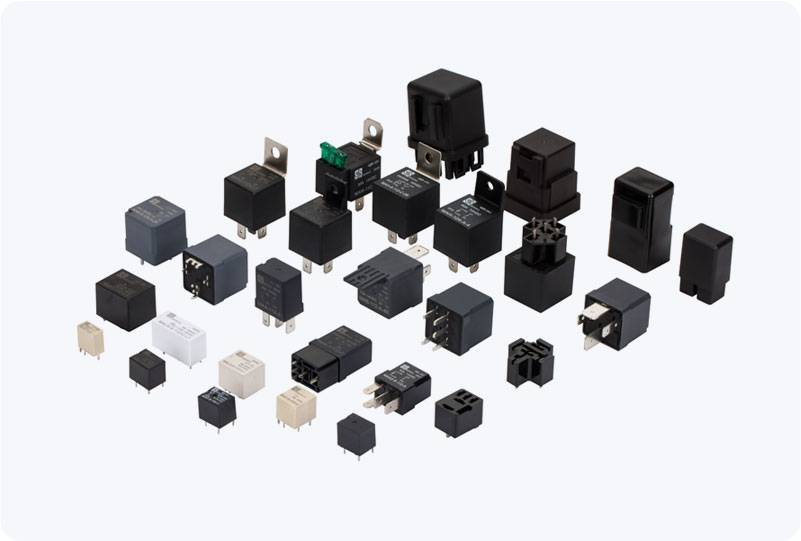In modern electrical systems, ensuring the safety and reliability of high voltage (HV) networks is crucial for maintaining both operational efficiency and the safety of personnel. One of the key components that assist in safeguarding these systems is the HV Insulation Fault Relay. This specialized relay is designed to detect faults in the insulation of high-voltage equipment and trigger protective measures to prevent catastrophic failures or damage. In this article, we will explore the importance, working principle, and applications of HV Insulation Fault Relays in high voltage systems.

What is an HV Insulation Fault Relay? An HV Insulation Fault Relay is a protective device used to monitor the insulation integrity of high-voltage electrical systems. These relays are typically installed in substations, transformers, cables, or other high-voltage equipment. Their primary role is to detect any insulation degradation or faults that could lead to dangerous situations, such as electrical arcing, short circuits, or even fires. By identifying these faults early, the relay can take action to disconnect the faulty equipment from the rest of the system, thereby preventing further damage and ensuring operational safety.